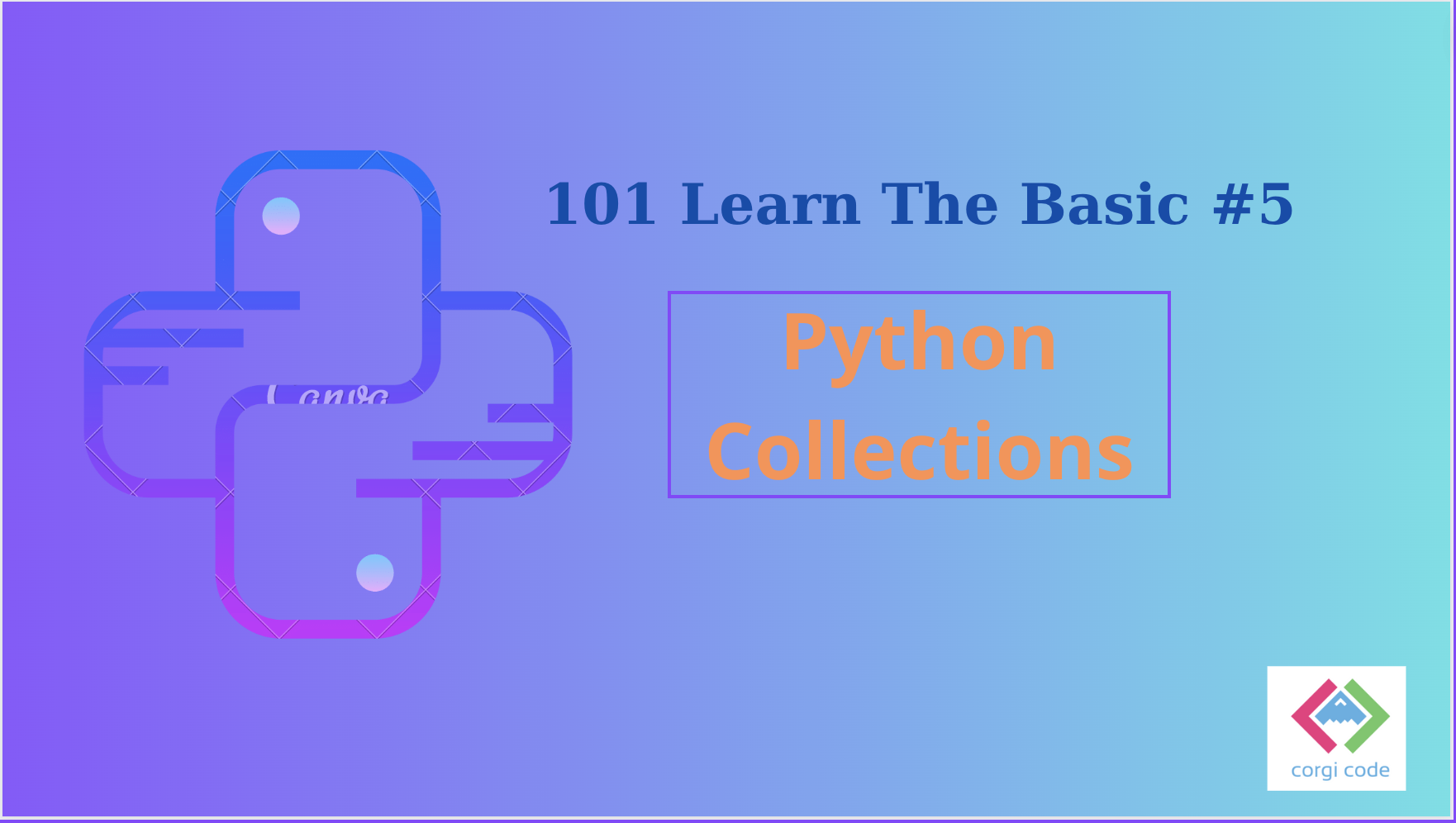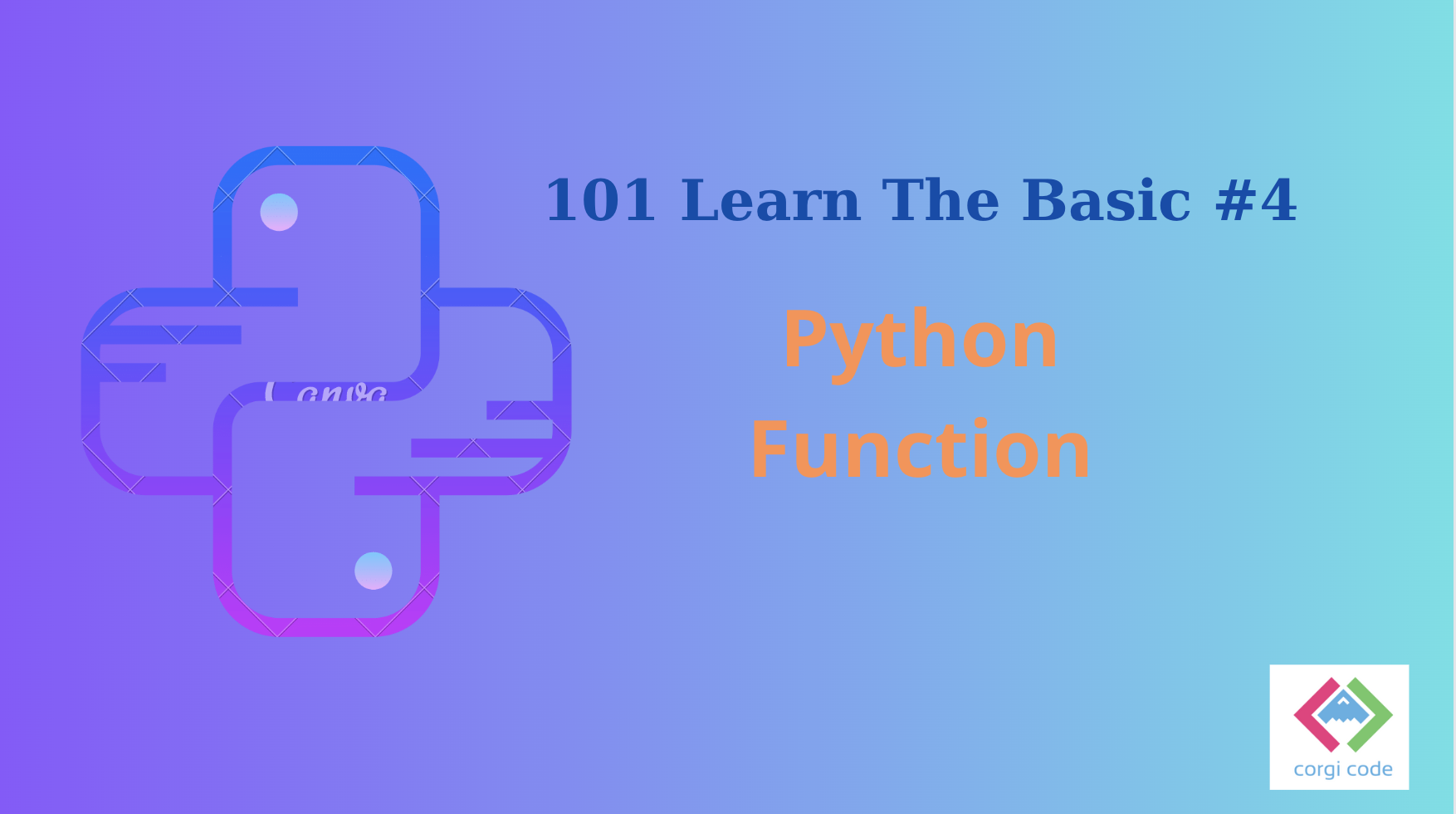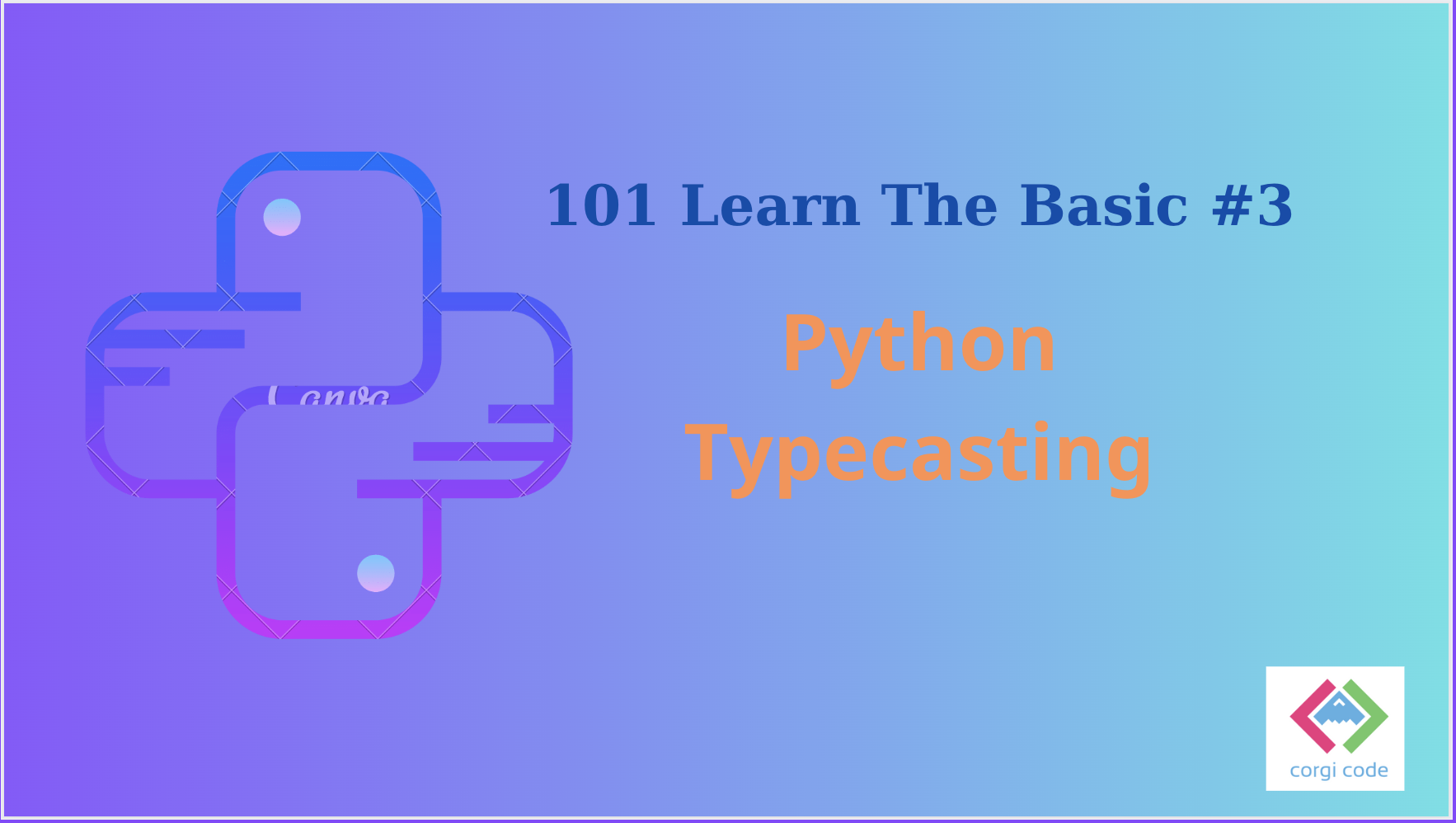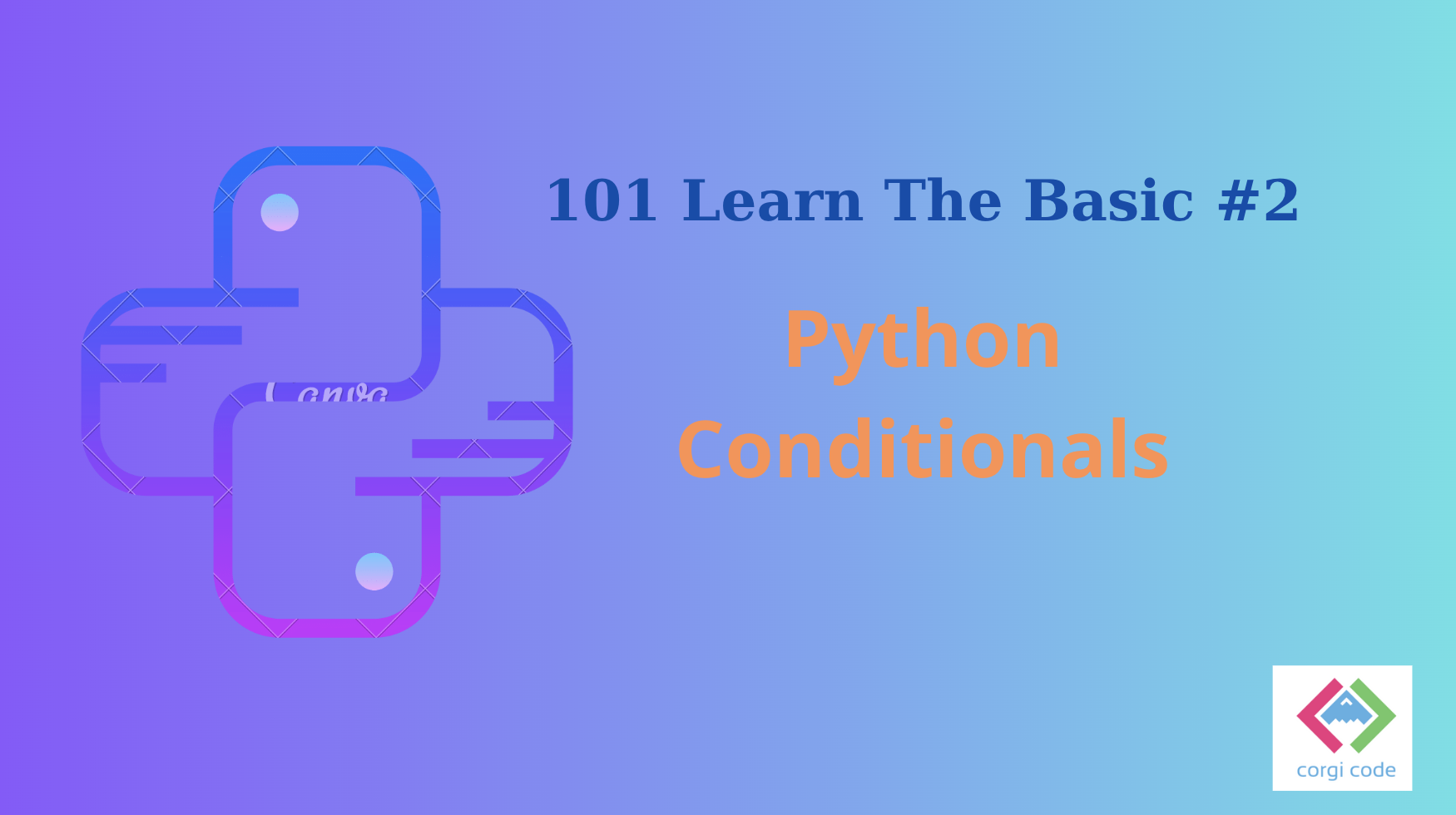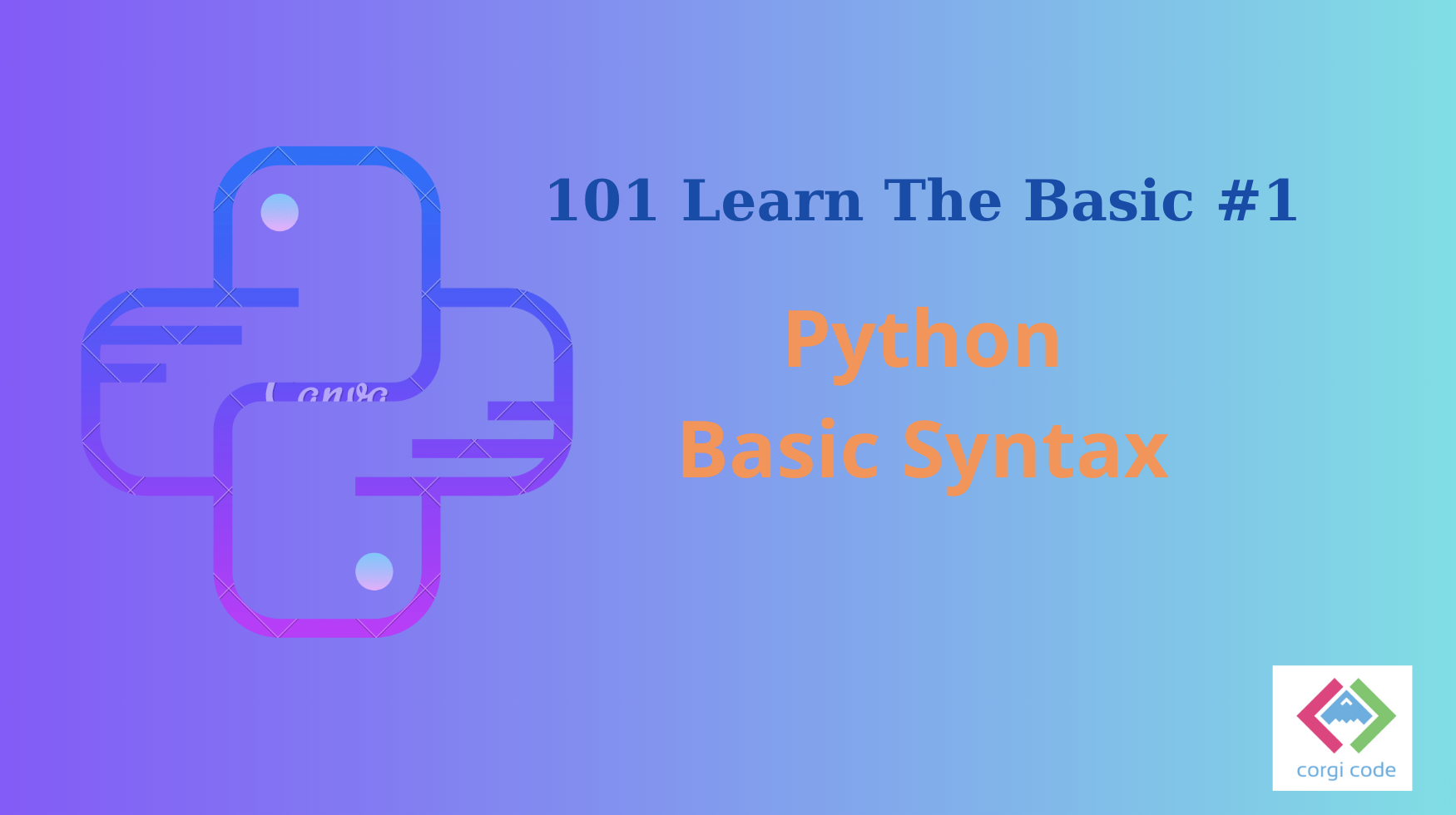Python collection is a module that provides specialized container datatypes that are alternatives to the built-in containers such as list, dict, set, and tuple. These datatypes are useful for organizing and manipulating data in different ways, such as counting, ordering, grouping, and naming. List A list is a data type in Python that can store multiple items in a single variable. Lists are ordered, changeable, and allow duplicate values. You can create a list by using square brackets and separating the items by commas. For example, you can create a…
Danh mục: Python 101
Python basic, Python for beginner
How to Master the Functions in Python: A simple way to learn built-in and user-defined functions
Functions in Python are a way of organizing and reusing your code. They are blocks of code that perform a specific task and can be called by other parts of your program. You can also pass data to your functions and get data back from them.
There are two types of functions in Python: built-in functions and user-defined functions.
How to Master the Typecasting in Python: A simple way to learn implicit and explicit
Typecasting in Python is the process of converting an object from one data type to another. It can be done in two ways: implicit and explicit. In this lesson, I will explain the difference between them, and show you some examples of how to use them. Implicit typecasting Implicit typecasting is when Python automatically converts one data type to another, without the user’s involvement. This usually happens when a lower data type (such as int) is mixed with a higher data type (such as float) in an operation. For example:…
How to Master the Conditionals in Python: A Fun and Simple Way to Learn If-Else Statements, Loops for and while
If-Else Statements If-Else statements are one of the most fundamental concepts in programming. They allow you to control the flow of your program based on the results of a condition. This code will print the word “Corgi’s age is Even” to the console if the variable corgi_age is even. Otherwise, it will print the word “Corgi’s age is Odd”. You can use If-Else statements to control the flow of your program in many different ways. For example, you could use an If-Else statement to: The elif statement is used to…
How to Master the Basic Syntax of Python in fun and simple way
By the end of this course, learners will be able to use Python’s built-in modules and functions to create graphics, games, animations, and sounds.
By the end of this course, learners will be able to use control structures and loops to implement logic and flow in their Python programs.
By the end of this course, learners will be able to use functions and classes to organize and reuse their Python code.
By the end of this course, learners will be able to use lists, tuples, dictionaries, and sets to store and manipulate data in Python.
By the end of this course, learners will be able to use file handling and exception handling techniques to handle input and output operations and errors in Python.


